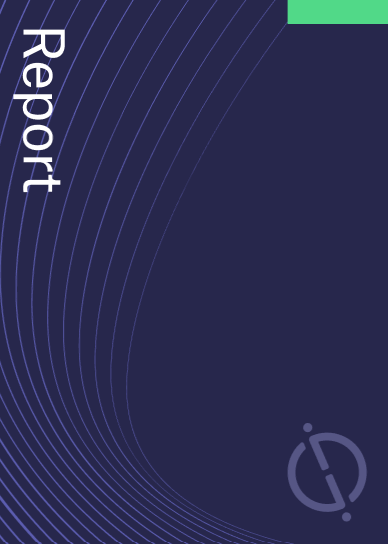Zhejiang Huahai Pharmaceutical has filed a patent for a separated antigen-binding protein that can specifically bind with a TIGIT antigen to prevent or treat TIGIT-related diseases. The protein comprises specific amino acid sequences in the heavy and light chain variable regions. GlobalData’s report on Zhejiang Huahai Pharmaceutical gives a 360-degree view of the company including its patenting strategy. Buy the report here.

Discover B2B Marketing That Performs
Combine business intelligence and editorial excellence to reach engaged professionals across 36 leading media platforms.
According to GlobalData’s company profile on Zhejiang Huahai Pharmaceutical, cancer treatment biomarkers was a key innovation area identified from patents. Zhejiang Huahai Pharmaceutical's grant share as of June 2023 was 1%. Grant share is based on the ratio of number of grants to total number of patents.
An isolated antigen-binding protein for preventing or treating tigit-related diseases
A recently filed patent (Publication Number: US20230183345A1) describes an isolated antigen-binding protein that has potential applications in the field of immunology and cancer treatment. The protein consists of at least one CDR (complementarity-determining region) in a heavy-chain variable region VH and at least one CDR in a light-chain variable region VL. The amino acid sequences of these regions are specified in the patent.
The patent claims that the isolated antigen-binding protein possesses several properties. Firstly, it is capable of binding to a TIGIT protein at a KD value of 1×10-10 M or lower, as determined by a surface plasma resonance method. Secondly, it can block the binding of CD155 to TIGIT in a FACS assay. Lastly, it has the potential to inhibit tumor growth and/or tumor cell proliferation.
The isolated antigen-binding protein competes with a reference antibody for binding to the TIGIT protein. The reference antibody consists of heavy-chain variable regions (HCDR1, HCDR2, and HCDR3) and light-chain variable regions (LCDR1, LCDR2, and LCDR3). The patent specifies the amino acid sequences of these regions for the reference antibody.
The isolated antigen-binding protein can be an antibody or an antigen-binding fragment thereof. It can also include a combination of specific amino acid sequences for the heavy-chain variable regions (HCDR1, HCDR2, and HCDR3) and the light-chain variable regions (LCDR1, LCDR2, and LCDR3).
The patent further describes the isolated antigen-binding protein as comprising a human ? light-chain constant region and a human IgG constant region. This combination of constant regions enhances the stability and functionality of the protein.
The patent also covers the isolated nucleic acid molecules that encode the antigen-binding protein, as well as cells containing these nucleic acid molecules. Additionally, it includes the use of the protein in immunoconjugates and pharmaceutical compositions, potentially with a pharmaceutically acceptable adjuvant.
Methods for inhibiting CD155 from binding to TIGIT and for preventing, alleviating, or treating TIGIT-related diseases, such as T-cell dysfunction disorders and colon cancer, are also claimed in the patent. These methods involve administering the isolated antigen-binding protein to individuals in need of such treatment.
Overall, this patent presents an isolated antigen-binding protein with specific amino acid sequences that demonstrate potential therapeutic applications in immunology and cancer treatment.
To know more about GlobalData’s detailed insights on Zhejiang Huahai Pharmaceutical, buy the report here.
Data Insights
From

The gold standard of business intelligence.
Blending expert knowledge with cutting-edge technology, GlobalData’s unrivalled proprietary data will enable you to decode what’s happening in your market. You can make better informed decisions and gain a future-proof advantage over your competitors.




